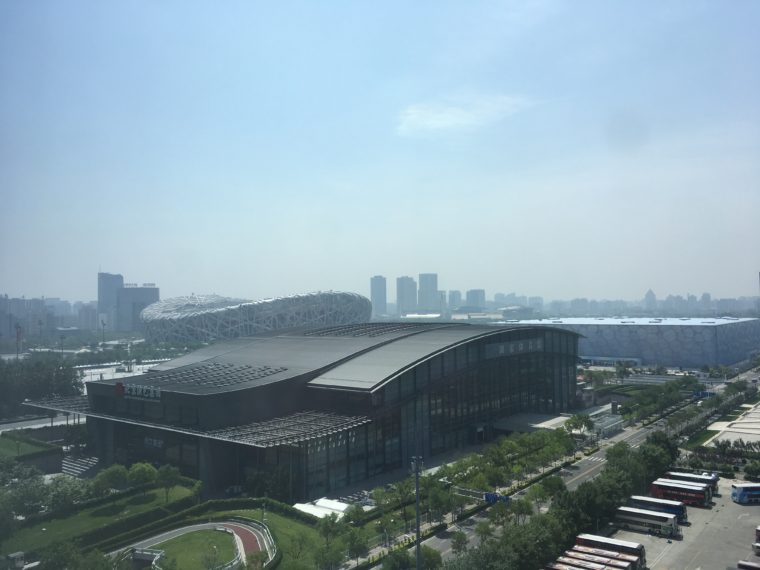So, what did you do this summer? Relaxation, trips to the beach or pool, and extra family time are probably near the top of most people’s to-do lists.
Tackling one of the world’s most pressing problems? That’s a different summer goal altogether.
In June, a group of aerosol scientists, engineers and administrators from Washington University in St. Louis traveled to Asia to address some of the important problems related to energy, environment and health that we face today. The scientists, members of the Center for Aerosol Science and Engineering — or CASE — took part in collaborative workshops at McDonnell Academy Global Energy and Environment Partnership (MAGEEP) institutions in Hong Kong, China and India. Their high-level presentations and brainstorming sessions were designed to share ideas to help combat air-quality problems — both in Asia and around the world.
Several formal partnerships also were forged with Washington University’s School of Engineering & Applied Science and allied universities during the trip, including a new collaboration with Tsinghua University in Beijing. The schools will collaborate on research and student programs for a holistic approach to solve some of the world’s most pressing problems.
Four of the faculty members from the School of Engineering & Applied Science who were on the trip shared their summer experiences and takeaways from the collaboration, in their own words.
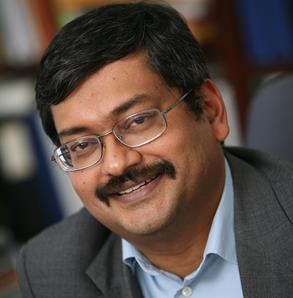
Pratim Biswas, assistant vice chancellor and chair of the Department of Energy, Environmental & Chemical Engineering, Lucy and Stanley Lopata Professor on the trip’s collaborations:
At Hong Kong University of Science and Technology, we discussed the wide range of solutions enabled by aerosol science and engineering. Some of the challenges addressed focused on using aerosol technology to synthesize graphene material membranes which can self-clean used to purify water. Other novel developments presented included the development of miniaturized, low-cost sensors for detecting ambient particular matter emissions.
While at Tsinghua University in Beijing, we held a day-long workshop that resulted in the identification of several collaborative projects. We examined methods of understanding source emissions ranging from power plants to heating stoves, and also discussed new ways to control particulate matter emissions. We also visited Peking University to discuss similar topics in regard to air quality.
WashU has an established collaboration set up with partners in India, especially the Indian Institute of Technology (IIT) Bombay, with many projects related to energy and environment and a joint degree program offering the Executive MBA degree. Our workshop here again focused on research results ranging from fundamental studies in aerosol science and engineering, to using the fundamentals for technological innovations and tackling both climate and environmental problems. A network of about 25 faculty was established to begin working on cutting-edge problems.
Our group then moved to New Delhi, where we met with colleagues at IIT Delhi to discuss cleaner utilization of fossil fuels. The faculty was joined by colleagues from IIT Bombay, as well as representatives from the Ministry of Power, Coal India, Reliance India Ltd., NTPC Ltd., Engineers India Ltd. and many other corporate representatives.
The best way to address some of these challenging environmental problems is through collaboration of world-leading experts, like the network that has been set up by CASE. It not only consists of leading aerosol researchers but is a unique entity globally and is the largest such network in the world. Our group can — and will — begin to tackle some of the challenging air-quality issues countries like India and China are facing, and we hope to do this by our work with our collaborative network that has been established.

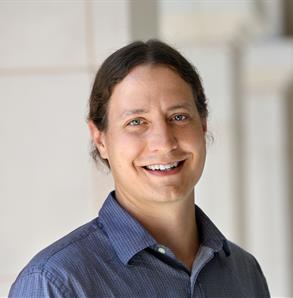
Brent Williams, the Raymond R. Tucker Distinguished InCEES Career Development Associate Professor, on controlling air pollution:
China and India have both undergone dramatic development in a relatively short period of time. With that economic, technological and industrial growth comes increases in pollutants released to the air and water, unless regulations and pollutant-control technologies increase at the same rate.
In the U.S., our development occurred over the course of many decades. Researchers, including some of our very own at WashU, have long studied the consequences of the release and transport of air pollutants here in the U.S., and have slowly developed strategies to better determine which specific processes contribute to air-quality deterioration. With this information, effective pollution-control policies and regulation have led to dramatically improved air quality in the U.S.
Now, China and India are going through this same process, but at a much faster pace. We need to do what we can to help match that pace with solutions to the resulting environmental issues. In China and India, WashU brought to the table the historical perspective and skills sets of Rudy Husar and Jay Turner, who played critical roles in developing air quality-monitoring networks and interpreting the wealth of scientific insight offered from continuous satellite monitoring.
We also have the instrumentation capacity that was built on years of incremental engineering developments, culminating in modern measurement tools that can rapidly identify contributing air-pollutant sources or the fate and control of pollutants in aquatic systems, determine the pollutants’ climate impacts, be miniaturized to monitor micro-environmental impacts, or determine improved methods of energy production that minimize environmental pollutant release in the first place.
With new collaborations and further-strengthened previous collaborations throughout China and India, we are moving forward on a range of projects that will provide direct assistance on current studies and will transfer knowledge and technology to these regions facing serious environmental challenges.
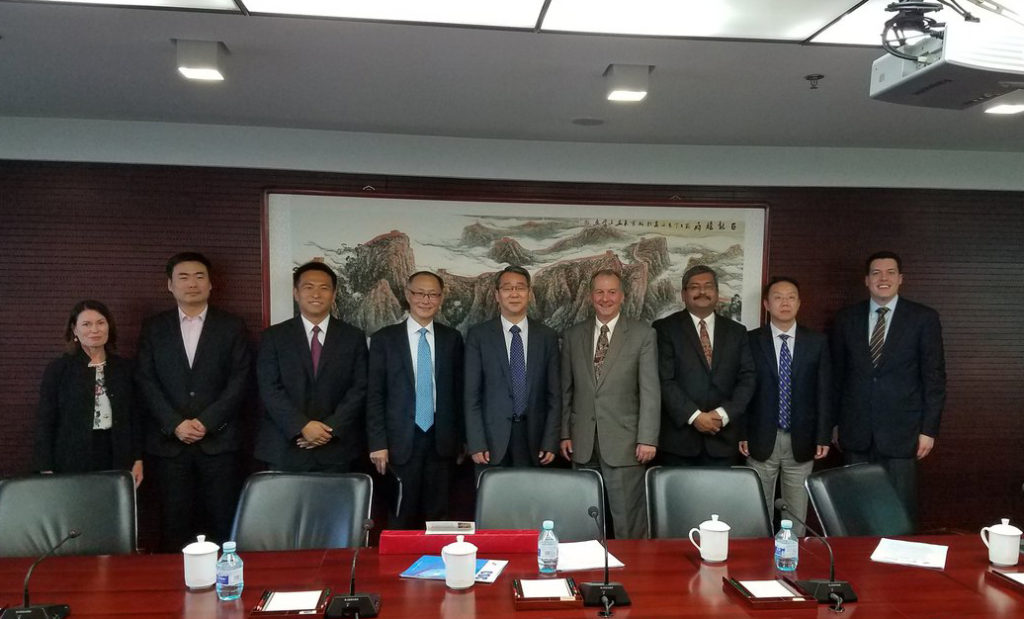
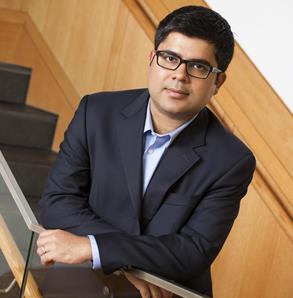
Rajan Chakrabarty, assistant professor of energy, environmental and chemical engineering, on the different approaches used to help control air pollution in China and India:
Big cities in India and China and the term “choking smog” go hand in hand. Luckily, for the period we were present in Beijing, Mumbai and Delhi, the air was clearer amidst soaring temperatures.
Being a native of India and well aware of the country’s air pollution problem, I couldn’t help but turn on my comparative mind during my first trip to China. My numerous interactions with top academics and policymakers convinced me that the Chinese government and people have taken the problem of air pollution seriously. Strategic efforts and research are underway to control air pollution using advanced technologies. The country’s coal power plants have been switching to high-efficiency, low-emissions (HELE) coal technologies, while advanced particulate and gas filtration equipment have been installed in most thermal power plants. Innovative cloud seeding programs over heavily polluted cities to help clear the smog have been put in place.
India, on the other hand, has placed much less emphasis on the control and abatement aspects of air pollution. Major research programs in India are focused on characterizing the pollutant properties and understanding their environmental impacts, rather than ways to control their formation and release. The two joint workshops in India, one held at IIT Bombay and the other at IIT Delhi, helped to bring to focus this particular deficiency and underscored the urgent need to adopt cost-effective emission control technologies.
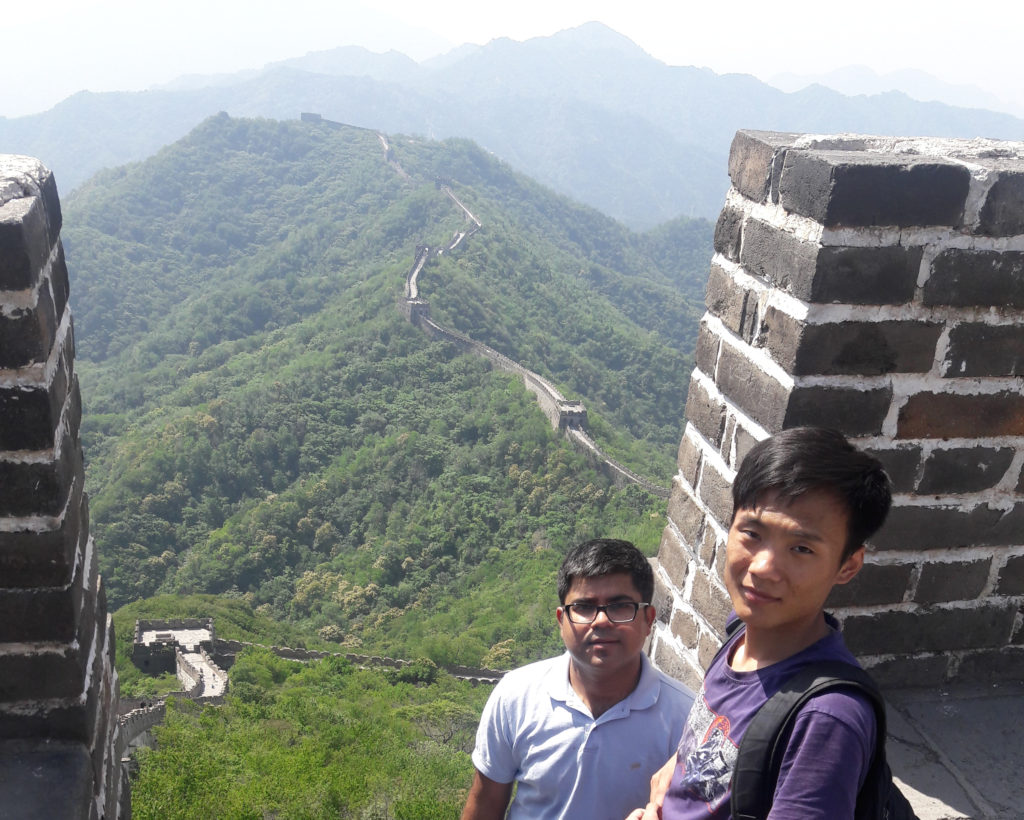
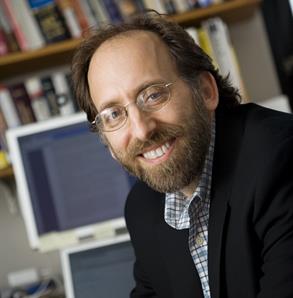
Richard Axelbaum, Jens Professor of Environmental Engineering Science, on how India and China can mitigate the impact of coal:
Coal provides over 70 percent of the electric power in China and India, and while there is a push for renewables in both countries, the demand for coal continues to rise. While coal has provided enormous benefit to both countries in terms of economic growth, standard of living and life expectancy, the rapid growth in coal use has led to significant environmental challenges, and both countries recognize the need to reduce emissions. Of highest priority for both countries are local emissions, like particulate matter and SOx, but concerns over carbon dioxide emissions are also important, provided that they can be addressed without excessive hardship to their populace. China, being a more developed country, is more concerned about climate-related emissions, while India, being less developed, remains interested but is unable to make major investments to address this. Both countries have large coal resources and will continue to use coal, as it provides low-cost, reliable electricity year-round. By collaborating with scientists in these countries, we are able to work together to develop technologies that will allow them to still use this resource, but in a way that has minimal impact on the environment, both locally and globally.
In 2009, Washington University established the Consortium for Clean Coal Utilization (CCCU) to specifically address the environmental challenges of coal utilization. A major component of the CCCU is fostering international collaborations and, through CCCU support, 17 international collaborators have been engaged with 20 WashU faculty on coal research. More than $28 million has been spent or committed for advanced coal research since the start of the CCCU, putting our university at the forefront for developing near-zero emissions technologies for coal power generation. Washington University is developing a carbon capture and storage (CCS) technology that is highly efficient and can potentially offer electricity at costs that are only marginally higher than existing rates. Technologies like these could have global impact by ensuring the world has stable, secure and reliable energy at a modest increase in cost.
